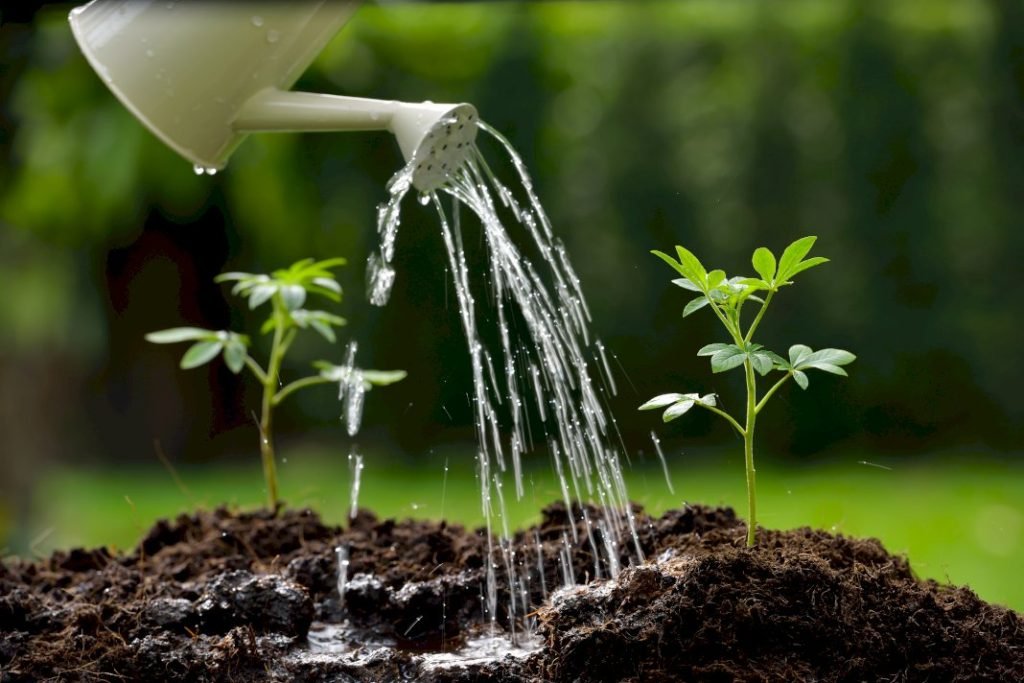- Planning your garden space involves consideration of sunlight, soil type, size, and water access.
- Choose vegetables based on personal preference, climate suitability, and whether to start from seeds or seedlings.
- Preparing your soil includes removing weeds, loosening the soil, and ensuring proper pH and fertility.
- Planting involves following seed packet instructions, watering regularly, and using mulch to retain moisture.
- Care includes watering, fertilizing, pruning, and dealing with pests and diseases for a successful harvest.
There’s nothing quite like the taste of fresh, home-grown vegetables, and for those new to gardening, growing your own vegetables might seem like a daunting task. But fear not! With some planning and effort, anyone can learn how to plant a successful vegetable garden at home. This post will review some helpful tips and tricks to start your gardening journey.
Plan Your Garden Space:
Before you start planting, planning out your garden space is essential. Many different factors can affect how well your plants will grow, so be sure to consider the following:
Sunlight
Depending on the type of vegetables you’re growing, your plants will need a certain amount of sunlight to thrive. If possible, find an area in your yard or garden that receives at least 6-8 hours of direct sunlight daily. This is especially important for crops like tomatoes and peppers, which require full sun to produce abundant yields.

Soil Type
The soil type in your garden can also make a big difference in the health and growth of your vegetables. Loamy soils are usually preferred for planting, as they provide good drainage and allow roots to penetrate deeply. If you have sandy or clay-like soil, consider adding compost or other organic matter at least 6-8 inches deep to improve the soil’s fertility and structure.
Garden Size
You’ll also want to consider the size of your garden when planning. It might be best to start small with a raised bed or container garden as a beginner. This will allow you to learn how to grow vegetables without managing an entire plot of land. Once you’ve gained some experience, you can expand your garden and try planting on a larger scale.
Water Access
Of course, it’s important to consider how you will water your garden. Many gardeners will just use a hose and watering can, but if you’re going to be planting in a large area, it might be worth investing in a custom garden watering system. Garden grids, drip irrigation systems, or sprinkler timers are all great options for efficiently watering your vegetables. Depending on your budget and needs, there are plenty of options.
Choose Your Vegetables:
Once you’ve planned your garden space, it’s time to choose which vegetables you want to grow. Consider what vegetables you and your family enjoy eating, and do some research to determine which vegetables grow best in your climate and soil type. Also, consider whether you want to grow vegetables from seeds or seedlings. Seeds are typically more cost-effective but require more time and effort, while seedlings are more convenient but can be more expensive.
Prepare Your Soil:
Good soil is essential for a healthy vegetable garden. Before planting, prepare your soil by removing any weeds or debris and loosening the soil with a garden fork. You may also want to add compost or other organic matter to help improve soil fertility. Ensure the soil is well-draining and has a pH between 6.0 and 7.0, as most vegetables grow best in slightly acidic soil.
Plant Your Garden:
When it comes time to plant your garden, follow the instructions on your seed packets or seedlings. Most vegetables should be planted in the spring after the last frost. If you’re planting seeds, sow them at the correct depth and spacing. If you’re using seedlings, be gentle when transplanting them into your garden. Water your garden regularly and add mulch around your plants to help retain moisture and suppress weeds.

Care for Your Garden:
To ensure a bountiful harvest, caring for your garden throughout the growing season is essential. Water your plants regularly and fertilize them as needed. You may also need to prune your plants or support taller vegetables like tomatoes or peas. Keep an eye out for pests and diseases and address them promptly. If all goes well, you’ll be reaping the rewards of your hard work in no time!
Growing a vegetable garden can be a rewarding and enjoyable experience for first-time gardeners. Following these tips and tricks, you can set yourself up for success and enjoy a bountiful harvest of fresh, home-grown vegetables. Gardening is a journey, so don’t be afraid to experiment and try new things. With some patience and effort, you’ll be on your way to a thriving vegetable garden in no time.